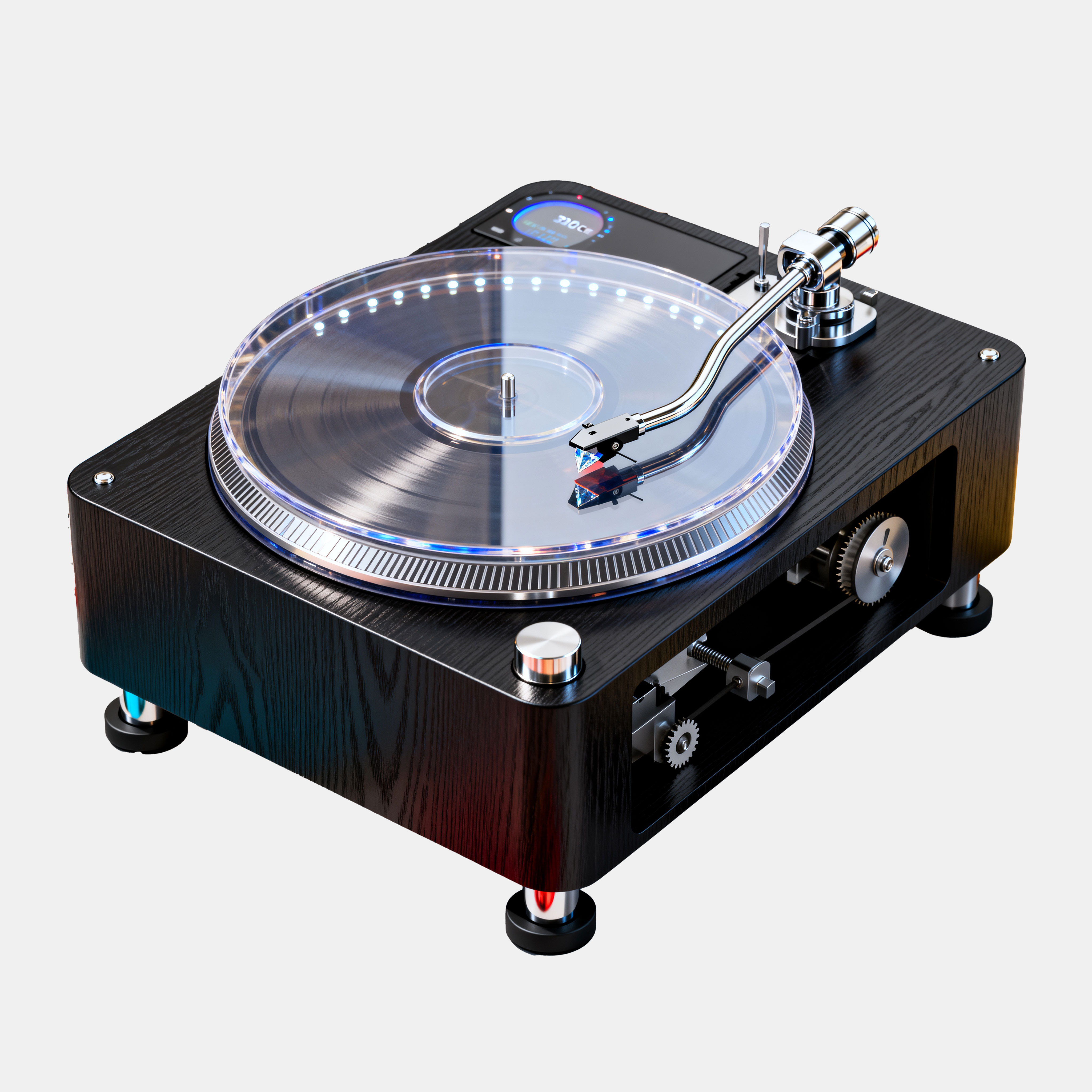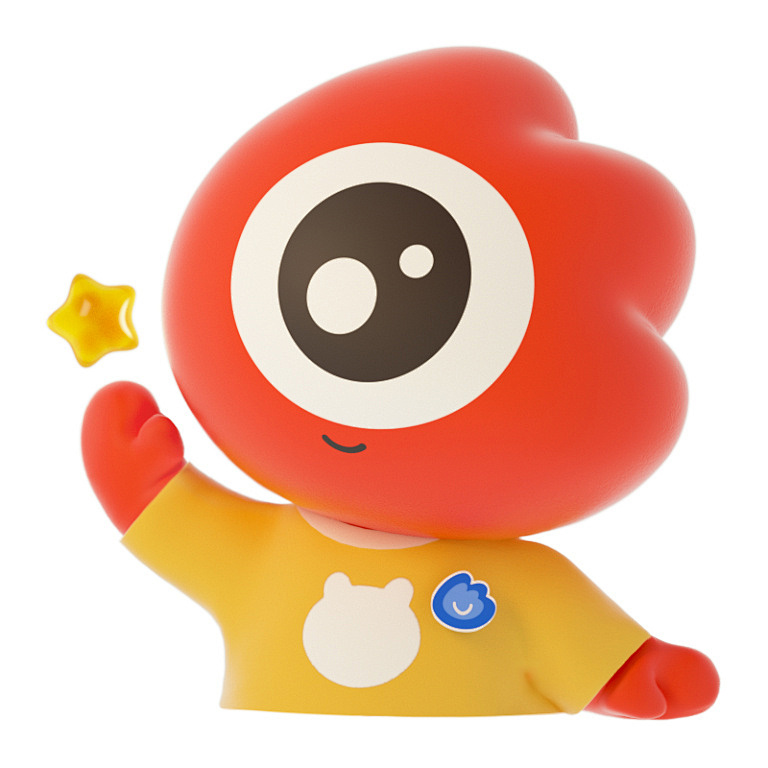
Delving into the territory in 3D art is developing fast, spurred by pioneering solutions that push this metamorphosis: text-based 3D modeling. This novel domain makes accessible 3D design to a broader audience, allowing artists with beginner-level abilities to assemble refined 3D models exclusively by providing worded input.
See a universe where anybody could materialize their visions in 3D format, independent of their proficiency. This marks the possibility that text-to-3D modeling offers, freeing the artistry within the community.
Intelligent 3D Modeling: Ushering in a New Creative Epoch
The area of artful creation is undergoing a dramatic change with the appearance of AI-enabled 3D modeling. This cutting-edge technology empowers users to fabricate sophisticated 3D models with unmatched effortlessness. AI engines understand user requests and convert them into authentic 3D depictions. From architectural blueprints to figures for gaming, the horizons are virtually limitless.
An outstanding merit of AI-empowered 3D modeling is its capability to democratize the creative workflow. Even laypersons can today build professional-standard 3D models. This opens up a range of prospects for designers to construct their visions into reality.
- Smart 3D modeling may expedite design by refining repetitive tasks.
- Interaction between human designers and AI algorithms can enable original solutions.
- This methodology hold the capability to alter assorted industries, from media to biomedical fields.
Building Designs Using Verbal Input: Text-to-3D Innovation
The domain relating to 3D modeling is undergoing a transformative revolution owing to the emergence using text-to-3D generation. This revolutionary technology permits users to generate their imaginative visions merely through inputting verbal cues. Bring to mind describing a fantastical creature or a finely detailed object, and seeing it form before on display in three-dimensional form. This integration of language and computerized fabrication provides an abundance comprising opportunities for creators and all individuals with a urge for design.
- Word-controlled spatial creation
- lets users bring thoughts to life
- Dream about expressing surreal organisms that form instantaneously
From Dream to Reality: AI's Groundbreaking Influence on 3D Art
The field of 3D creation is experiencing a profound change, fueled by the vast potential of cognitive computing. Previously limited to thoughts, detailed 3D models and designs are now becoming concrete by means of AI. These advanced algorithms can fabricate detailed geometries, textures, and materials with exceptional speed and accuracy. From conceptual art to product designs, AI is enabling creators across numerous industries to develop their visions in ways previously unimaginable.
This conjunction of AI and 3D design provides extensive possibilities for both experienced practitioners and learning artists. Straightforward interfaces make these high-performance tools reachable to a extensive user base, fostering the democratization of innovation and spurring novel breakthroughs on an unmatched scale. As AI capabilities expand, we can expect even more innovative features that will soften the boundary between ideas and tangible form.
- Modeling
- Rendering
- Simulation
Redefining Creation: AI-Powered Innovations in 3D Design
The sphere of innovation fields is in the midst of a significant evolution. With the development of progressive AI platforms, the ability to create 3D models has become far more user-friendly. This progression allows innovators to illustrate their concepts with promptness and capability previously unseen.
Contemplate a world where multi-layered 3D models are produced instantly, driven by simple text directives. This is no more conjecture; it represents the truth currently recognized globally.
- Automated 3D modeling environments are becoming prevalent.
- They empower consumers with little prior design skill to manufacture professional-grade 3D models.
- Ranging from architectural drafts to detailed product mockups, the fields are extensive.
Empowering Design Synergy with AI
The world of 3D design improves briskly, driven by the revolutionary force of artificial intelligence. Neural networks technologies have emerged as key co-creators, facilitating designers to extend their creative boundaries and improve design workflows like never before.
From building detailed models to providing innovative approaches, AI tools amplify designer capabilities with unprecedented strength. This partnership of human creativity and machine intelligence frees a realm of opportunities, making it feasible to visualize and develop 3D models previously regarded challenging.
- Automated design tools expand designers varied alternatives to explore.
- Cyclical workflows facilitate designers and AI to synchronize efforts, refining designs continuously.
- Complex 3D constructs can be fabricated quickly and with impressive accuracy, freeing designers to concentrate on the expressive aspects of their projects.
As AI models progress, its role in 3D design will become increasingly important. Embracing this dynamic partnership will strengthen designers to build the future of 3D art, transcending previously understood limits.
Elevating Standards: AI-Enhanced 3D Modeling Unleashed
The area of 3D modeling embraces a profound innovation, driven by the unmatched capabilities of artificial intelligence. AI-empowered tools are empowering designers to imagine and fabricate 3D models with previously unseen intricacy. These advanced algorithms can synthesize detailed structures from simple commands, tearing down traditional design boundaries and raising the limits of what is workable. From verisimilar objects to progressive designs, AI is disrupting 3D modeling to be more accessible while assisting a novel collective of creators.
- Tapping into the force of invention
- A New Chapter in Innovation
- Turning Vision Into Form
Presenting the Future Stage in 3D: Text-to-3D Platforms
The sphere of 3D creation is changing swiftly at an unequaled rate. Emerging platforms are surfacing that exploit the power of descriptive commands to create stunning 3D models with exceptional ease. These text-to-3D tools are advancing the 3D design process, empowering it accessible to a expanded community than ever before.
- Imagine fabricating intricate shapes simply by expressing them into a virtual interface. Text-to-3D platforms bring this vision to life.
- Involving architectural blueprints to unique jewelry, the capabilities are limitless.
The latest monumental progress in 3D creation is primed to transform fields, supporting innovation and creativity across the expanse.
Smart Technology Fueling Fast and Precise 3D Art
The sphere of 3D creation is subject to a major change, sparked by the rapid progress of artificial intelligence. Deep learning systems are now capable of developing elaborate 3D models with unmatched speed and precision, advancing fields from architectural design to manufacturing and entertainment. Formerly, 3D modeling involved laborious, time-intensive manual work requiring high input and expertise. Nevertheless, AI-enhanced tools accelerate the workflow, allowing creators to expeditiously iterate, experiment, and manifest their imaginations to life with unparalleled competence.
- Besides, AI has potential to analyze vast volumes of existing 3D models to spot patterns and trends, letting it to craft innovative designs that expand creativity.
- Accordingly, the accessibility of 3D creation is broadening, authorizing both individuals and businesses with scarce resources to contribute to this transformative technology.
This set of advancements are ready to unlock new windows across a considerable applications, from customized products to interactive platforms. The future of 3D creation is strongly intertwined with the ongoing evolution of AI, promising a era where imagination stretches infinitely.
Universal Accessibility of 3D Printing
The field of 3D printing has participated in a major change, changing from a niche technology to an increasingly everywhere-used tool. This democratization is enabled by various factors, including the cost descent of 3D printers and software, coupled with a rapidly developing community of makers and designers collaborating knowledge and resources.
Therefore, 3D printing is now within reach of consumers, corporations, and even educational institutions, providing them to create tangible objects with exceptional control. This blending of technology and imagination has the aptitude to enhance a wide range of sectors, from medicine to education, driving innovation and facilitating individuals to give physical form to their innovations.
Merging Verbal Input with Digital Models
{The realm|The world|The field|The environment|The AI 3D generation space|The domain| 